Stock exhaust systems of vehicles often limit the amount of exhaust gases that can exit your engine. This prevents it from producing its maximum power, thus reaching its full potential. Headers are introduced for this purpose. In fact, a good set of car headers will increase exhaust flow velocity to the point that energy pulses are created. But how does a good set define? Consider the four key points provided in this guide while selecting a good header for your application.
What is the Purpose of Exhaust Header?
The purpose of exhaust headers is to direct engine exhaust gases from the cylinders to the exhaust system. They primarily achieve this by increasing the engine’s volumetric efficiency and lowering flow resistance or back pressure. The results are:
- Increased fuel efficiency
- Improved sound
- Reduction in heat build-up
- Boosted horsepower
- Boosted torque
- Save on gas
- Exhaust system modification
Header vs. Manifold
Headers are known to assist engines in producing more power and torque in contrast to conventional cast manifolds. Manifold runners are naturally quite short, which causes pressure build-up by the gases coming from each cylinder. The backpressure prevents exhaust from emptying from the chamber while also causing exhaust to flow back from one cylinder into another, which lowers performance. Header exhaust solves this issue by enabling gases to escape without producing backpressure. Furthermore, exhaust manifolds are made of heavy, dense iron, whereas exhaust headers are composed of lighter, thinner steel.

Four Key Factors in Choosing the Right Header
1. Header Size: Get the Diameter Right
The diameter of the primary tubes—the pipes attached directly to the exhaust ports—is crucial. Contrary to popular belief, bigger is not always better. While larger tubes can flow more exhaust gas, they may reduce the exhaust gas velocity, negatively impacting torque, especially at lower engine speeds.
For small block engines, the ideal primary tube size ranges between 1 ½ to 1 5/8 inches. This size offers a good balance between flow rate and exhaust velocity, improving torque without sacrificing high-RPM performance.
2. Header Dimensions: Full-Length vs. Shorty Headers
-
Full-Length Headers: These headers feature longer primary tubes than stock manifolds, allowing for better performance in the low- and mid-RPM ranges. The longer tubes reduce the chance of exhaust gases pulling back into other pipes, improving overall engine efficiency. Full-length headers are the best choice for most street-driven vehicles.
-
Shorty Headers: Ideal for vehicles with cramped engine bays, shorty headers provide better clearance but may not offer as much performance improvement as full-length headers. They are a good option when space is limited.
-
Mid-Length Headers: These headers offer a middle ground, combining some of the advantages of both full-length and shorty headers.
-
Equal-Length Headers: These are highly recommended because they ensure that each primary tube is the same length, allowing exhaust gases to flow evenly from all cylinders. This uniformity improves overall exhaust efficiency and engine performance.
3. Header Configuration: 4-1 vs. Tri-Y
-
4-1 Configuration: This common header design merges four primary tubes into a single collector pipe. It's ideal for maximizing high-RPM power, commonly used in full-length headers.
-
Tri-Y Configuration: This design merges the primary tubes into two larger secondary pipes, which then join into a single collector. Tri-Y headers maintain higher exhaust velocity and generally offer a broader torque curve, making them an excellent choice for vehicles that require more balanced performance across the RPM range.
4. Header Material and Coating: Durability and Performance
The materials used for headers impact both performance and longevity:
-
Mild Steel: Affordable but has a shorter lifespan. Mild steel headers are typically coated in black to protect against corrosion.
-
Stainless Steel: More expensive but highly durable and resistant to corrosion. Stainless steel headers often retain their appearance but may turn blue or purple when heated.
For further protection, many headers are coated with ceramic, which acts as a thermal barrier, reducing engine temperatures and protecting the headers from corrosion.
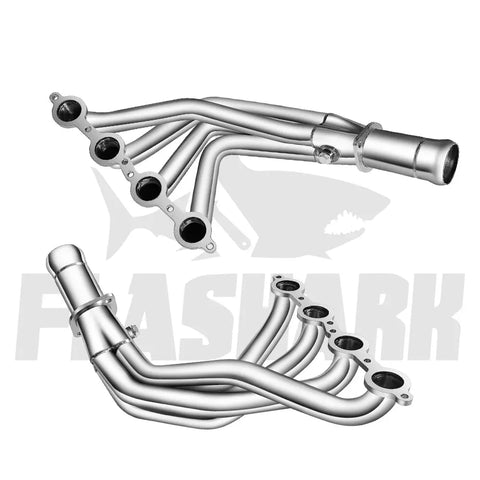
Choosing the Right Header for Your Vehicle
When selecting headers, the material, design, and size must align with your specific vehicle and performance goals. Trusted brands like FLASHARK offer a variety of options tailored to different makes and models, including Chevy, Ford, Dodge, Jeep, BMW, Nissan, Toyota, and Honda. Whether you opt for long or short tubes, you can find headers that suit your needs.
Final Thoughts: Maximize Performance
To fully reap the benefits of your new headers, consider upgrading your entire exhaust system, including removing the mufflers. Although installing headers may take some time and incur additional costs, they are one of the best performance upgrades for your car.
For added convenience, you can choose between direct-fit or universal headers, or even create a custom header that meets your exact specifications. Either way, the right headers can dramatically improve your vehicle’s performance and take your driving experience to the next level.

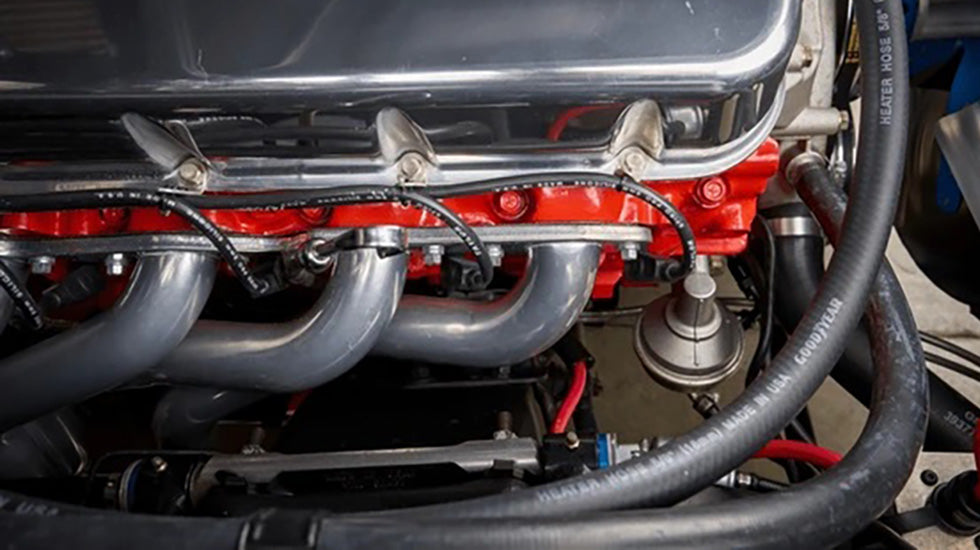
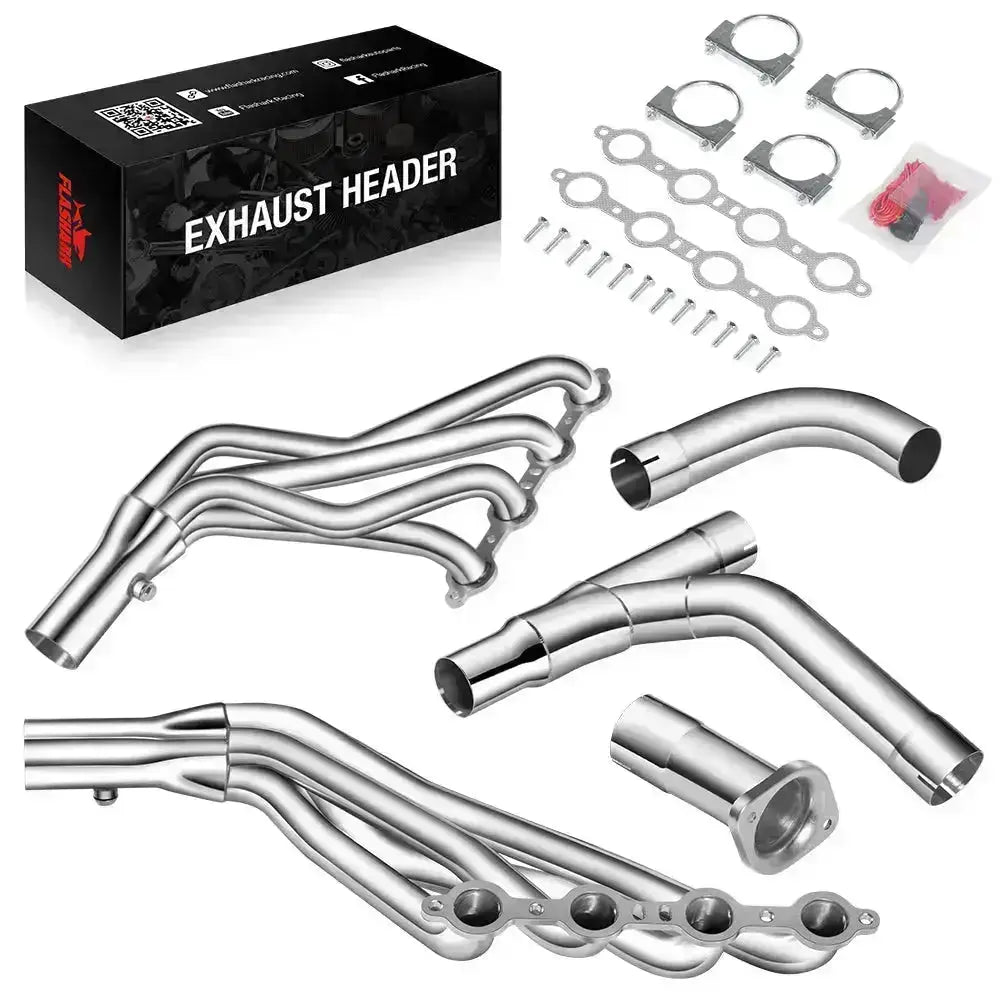
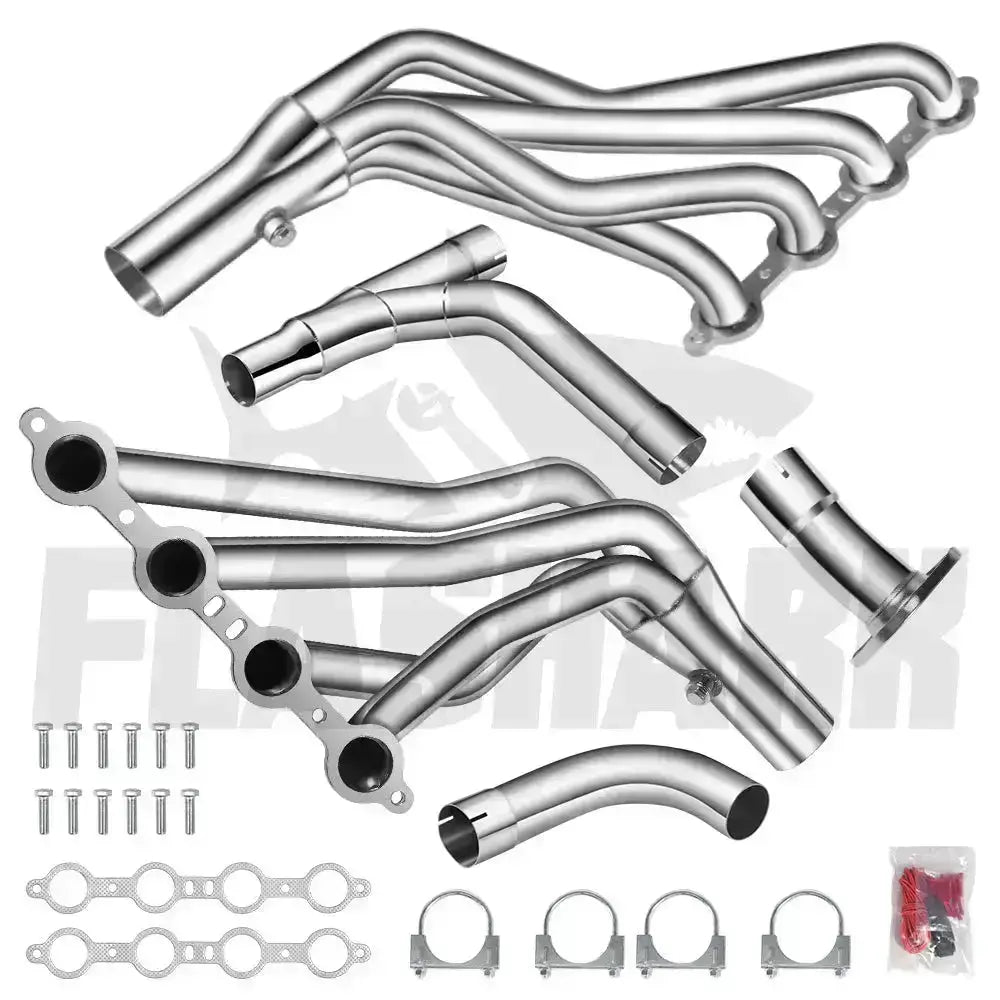

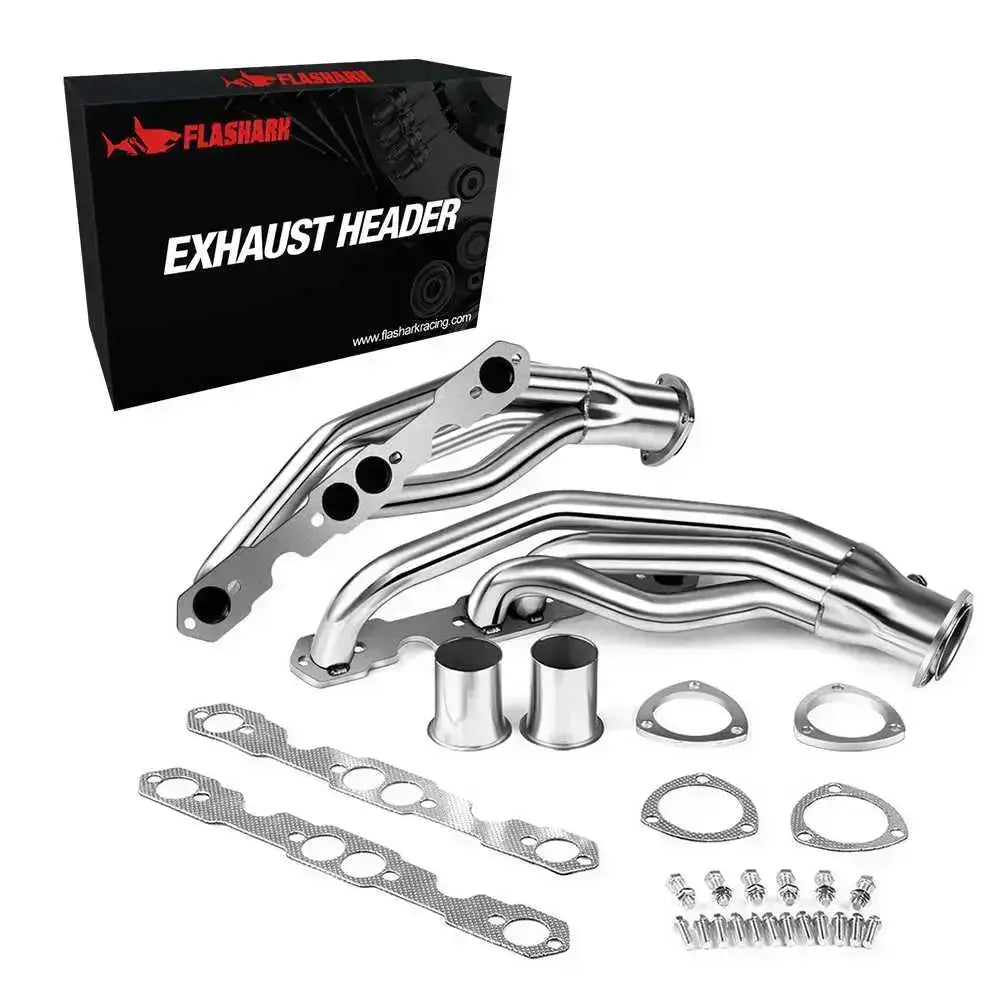

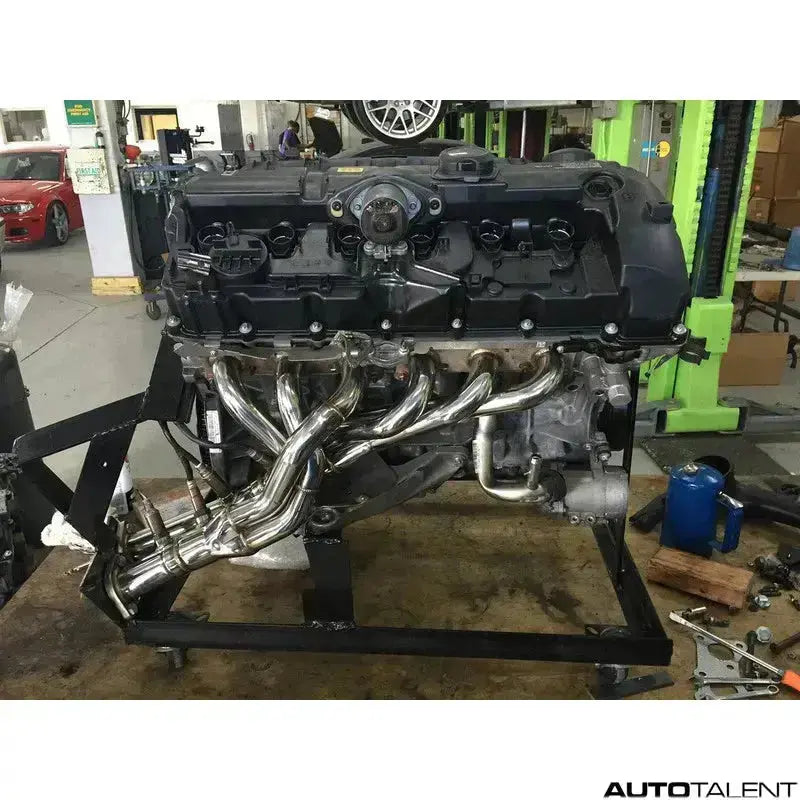

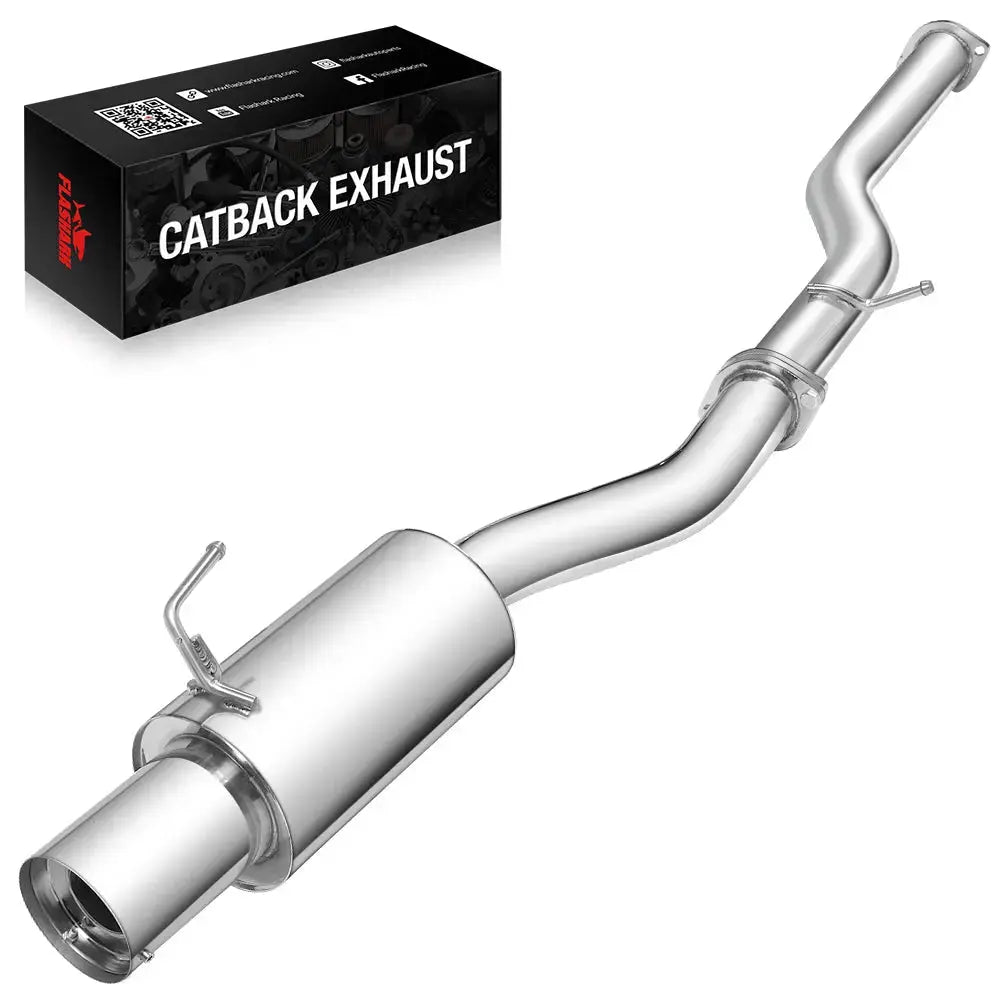
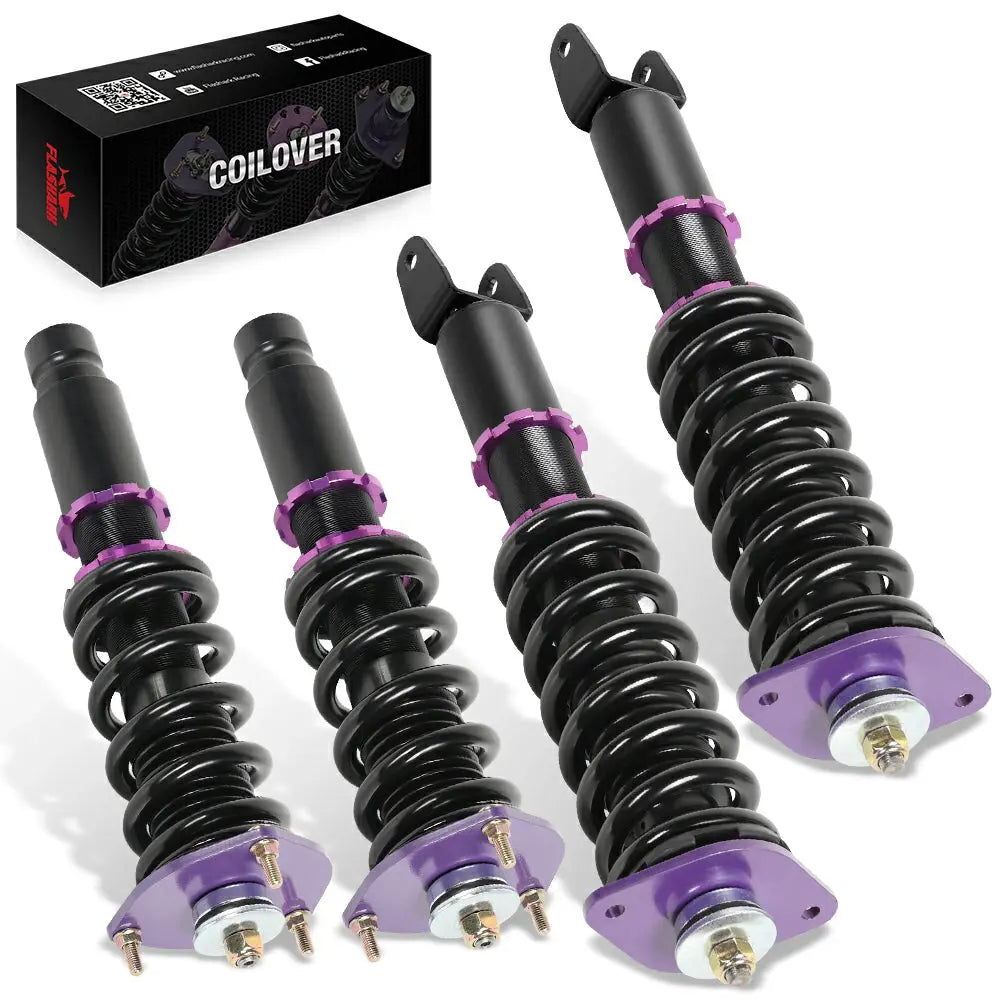
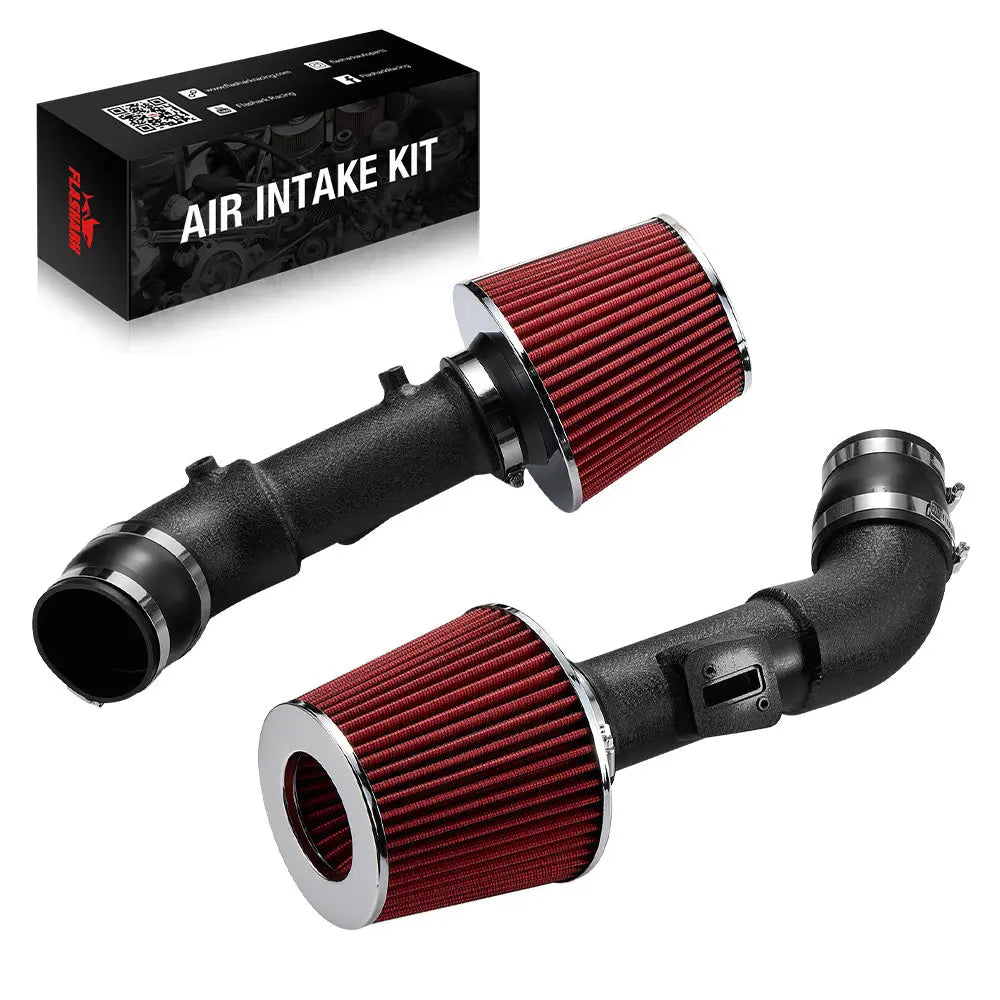
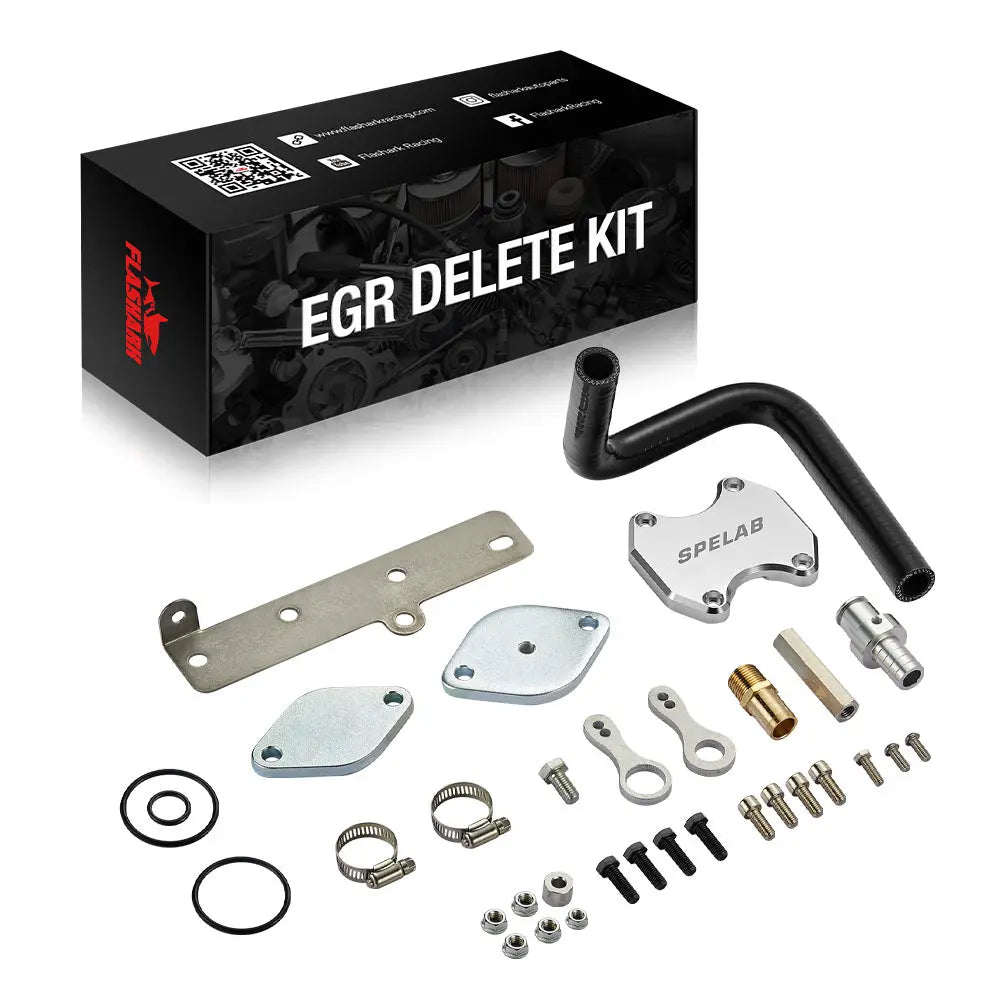
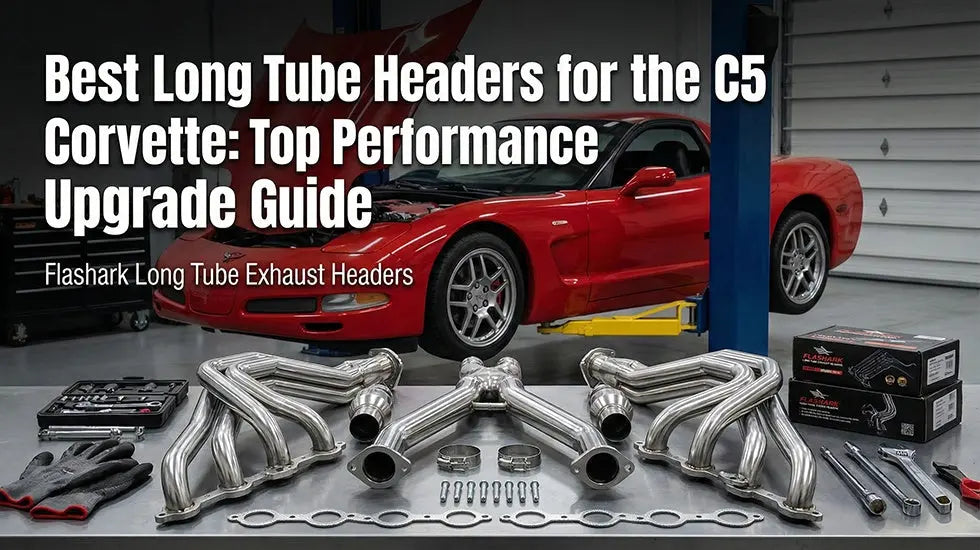
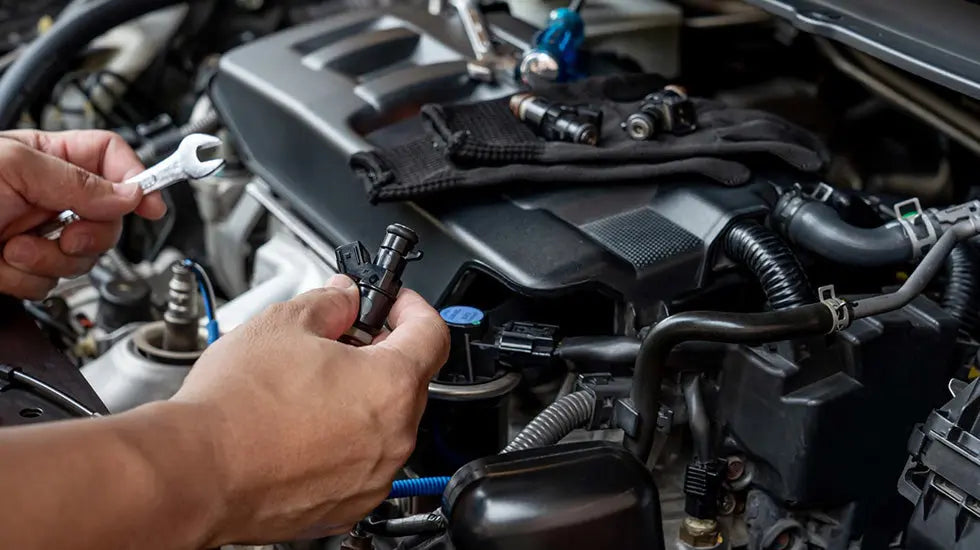
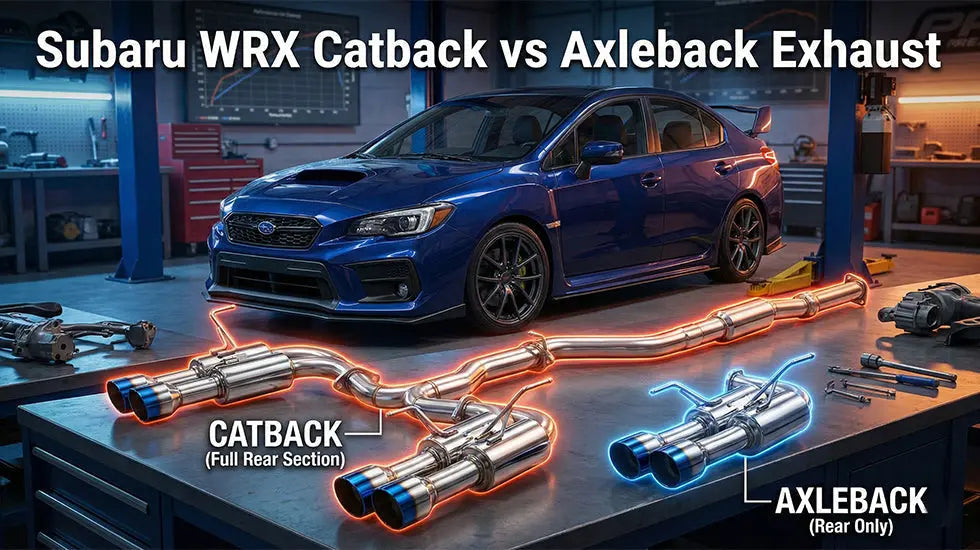



1 comment
Dénis Dufour
I have changed the engine in my 89 jeep YJ to a GM crate engine. I’m now going with dual exhaust straight back with a X crossover in the middle with flow master resignations just before the tail pipes. Which headers would you suggest.